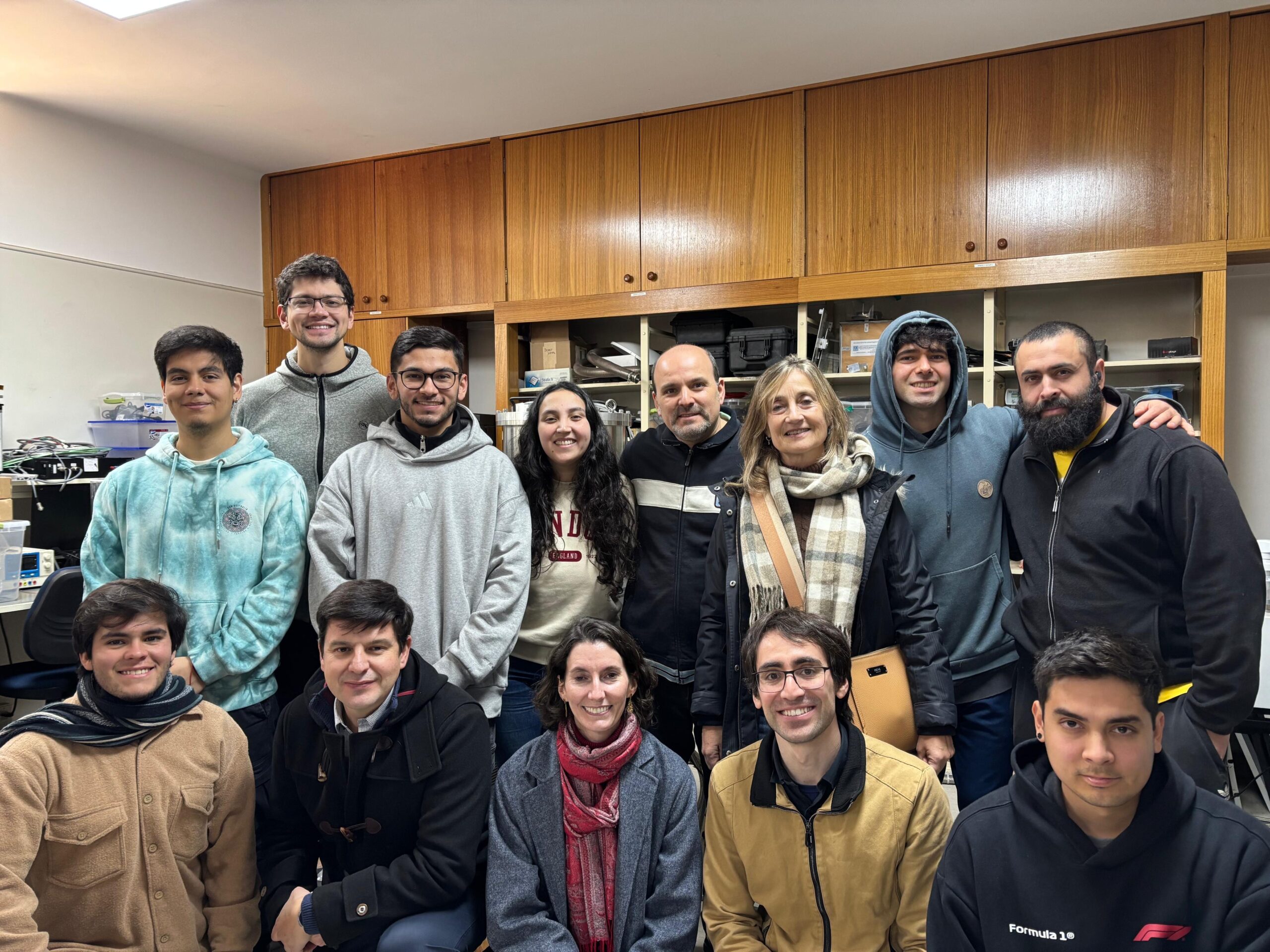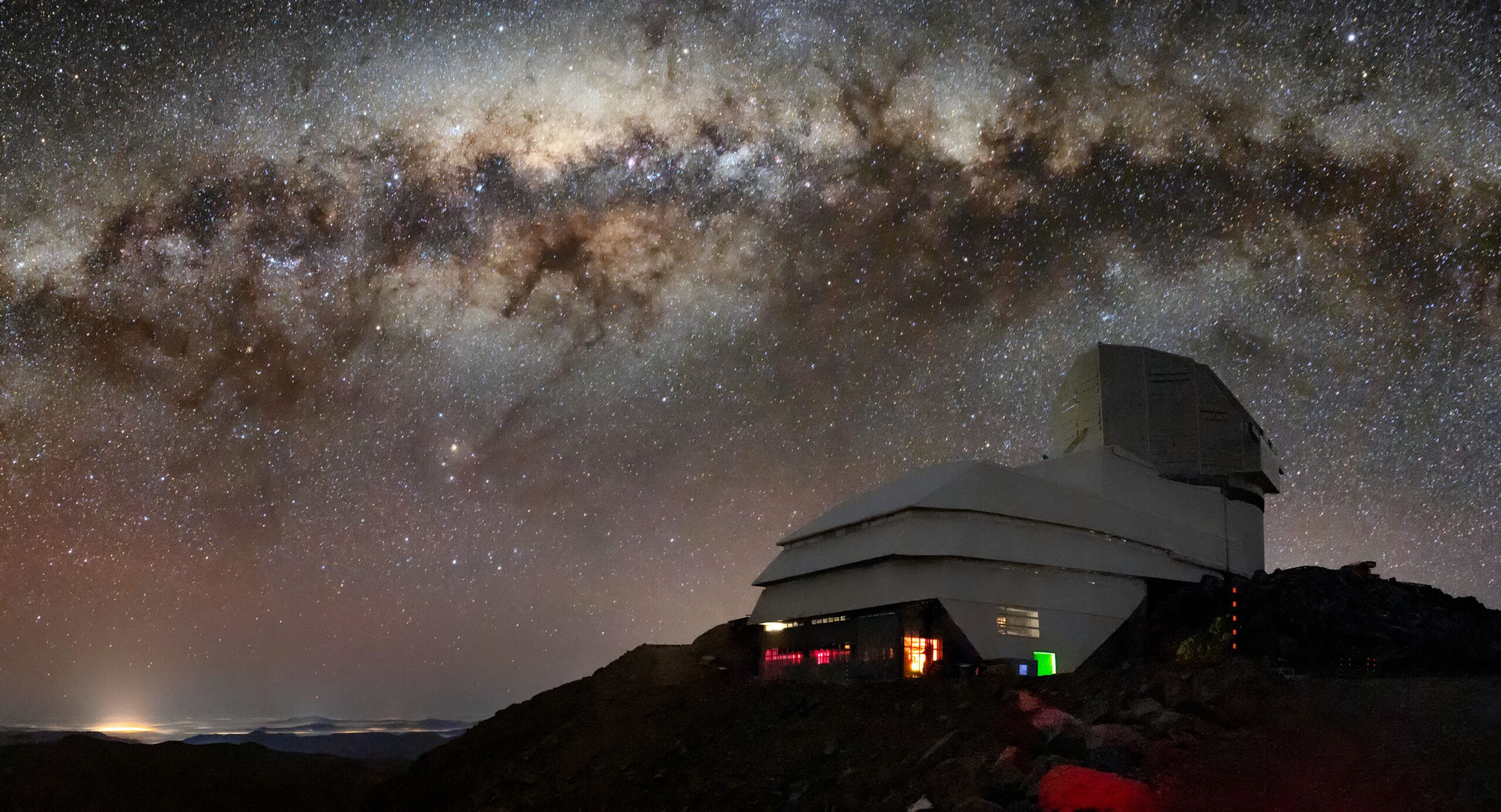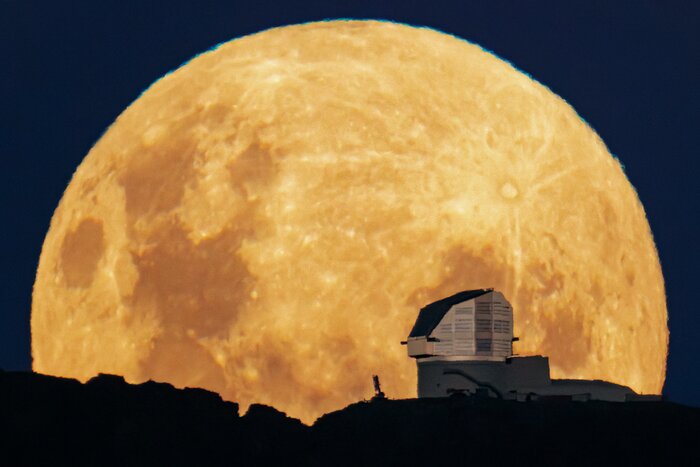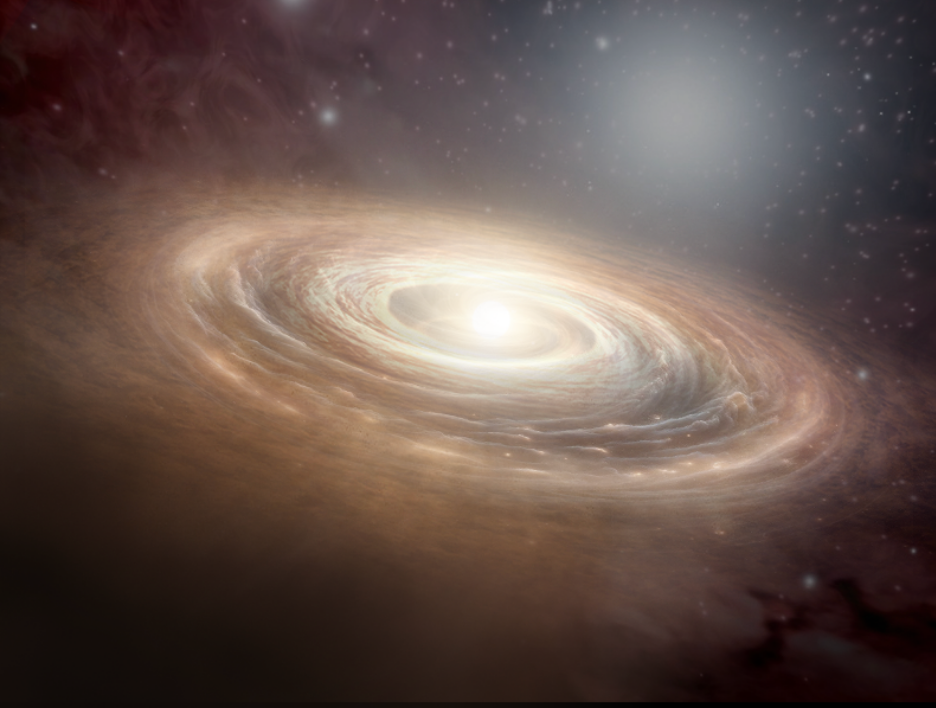
Astrophysical code designed by U. de Concepción astronomer wins international recognition
The award was given to Dr. Stefano Bovino, who is also a researcher at the CATA Center of Excellence in Astrophysics. The development was devised jointly with the astrophysicist Tommaso Grassi to carry out astrochemistry research.
Krome is an open source computational program that led to the birth of a whole school in which researchers, as well as master’s, doctoral and postdoctoral students are currently participating. More than 200 people have already been trained in its use.
It is for this reason that the German Astronomical Association awarded Dr. Stefano Bovino the Astrophysical Software Award, which he received together with Dr. Tommaso Grassi, an astronomer based in Germany and member of the Max Planck Institute for Extraterrestrial Physics. The award, which is given every two years for this category, recognizes the contribution of this platform used to describe the thermal evolution of gas, including chemical and thermal processes in hydrodynamic simulations.
Professor Bovino explains that Krome enables a better understanding of phenomena such as the formation of galaxies, stars and black holes. “With Krome we perform dynamical simulations to understand the physics of various regions of space. Normally what one wants to do is to include the thermodynamics part, to know how both the temperature of the gas and the chemistry of the interstellar medium is regulated and evolves in order to compare theoretical results with observations.”
An example of KROME’s application is in the study of the formation of molecular clouds. These zones, which are hundreds of light-years across, have high matter density and low temperature, and are one of the most important sectors in star formation processes. KROME allows coupling data from the hydrodynamic part with the thermochemical part, achieving a better understanding and simulation of the creation of these mega structures in the cosmos.
200 professionals trained in KROME
Since the creation of the code, work started in Rome in 2011, five computational training schools have been held, which have brought together 200 professionals from various parts of the world, who managed to acquire knowledge in this tool.
KROME has been widely accepted in the global astrophysics community and is used by experts to address various problems related to astrophysical environments. “This has led to a significant number of results that were published in prestigious journals and still has a lot of potential for development, whose applications we will continue to see in the medium term,” said UDEC-CATA astronomer Ronald Mennickent.
The recognition is part of several categories established by the German Astronomical Association, an association that has been in existence for more than 100 years. Among the categories are the Karl Schwarzschild Medal, considered by the same organization as one of the most prestigious awards in the field of astronomy and astrophysics; the Ludwig Biermann Award for outstanding young astronomers; and a doctoral thesis award, among others.
The winners of the Astrophysical Software Award will receive a diploma and a cash prize (three thousand euros, or about two million 750 thousand pesos), money that Stefano and Tommaso plan to invest in instances that can benefit the student community or improve the code itself.
“We want to invest the contest prize in a scholarship for students, that is, to invest in our scientific community and that will help to connect the development of the code,” concluded Professor Bovino.
Recent news
-
 Publicado el: 30/06/2025CATA Director strengthens ties in her second institutional tour
Publicado el: 30/06/2025CATA Director strengthens ties in her second institutional tour -
 Publicado el: 26/06/2025Vera C. Rubin: the telescope that watches the sky and anticipates the future of astronomy
Publicado el: 26/06/2025Vera C. Rubin: the telescope that watches the sky and anticipates the future of astronomy -
 Publicado el: 25/06/2025Study by young Chilean astronomer reveals new key parameter for understanding star formation
Publicado el: 25/06/2025Study by young Chilean astronomer reveals new key parameter for understanding star formation -
 Publicado el: 19/06/2025Rubin: The Universe’s First “Movie” That Will Transform Astronomy
Publicado el: 19/06/2025Rubin: The Universe’s First “Movie” That Will Transform Astronomy -
 Publicado el: 17/06/2025CATA Principal Investigator participates in international study revealing how planetary birth disks evolve
Publicado el: 17/06/2025CATA Principal Investigator participates in international study revealing how planetary birth disks evolve
Categories list
- Acknowledgments 17
- Astrobiology 5
- AstroCluster 1
- Black holes 13
- Corporativo 49
- Cosmology 4
- Descubrimientos 19
- Disclosure 45
- Exoplanets 13
- Extension 4
- Galaxies 17
- Galaxies formation 2
- Inter y Transdisciplina 2
- Local Universe 13
- Publications 5
- Sin categorizar 31
- Solar System 11
- Stellar formation 6
- Technology 9
- Technology Transfer 12


